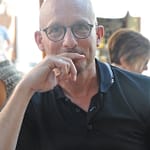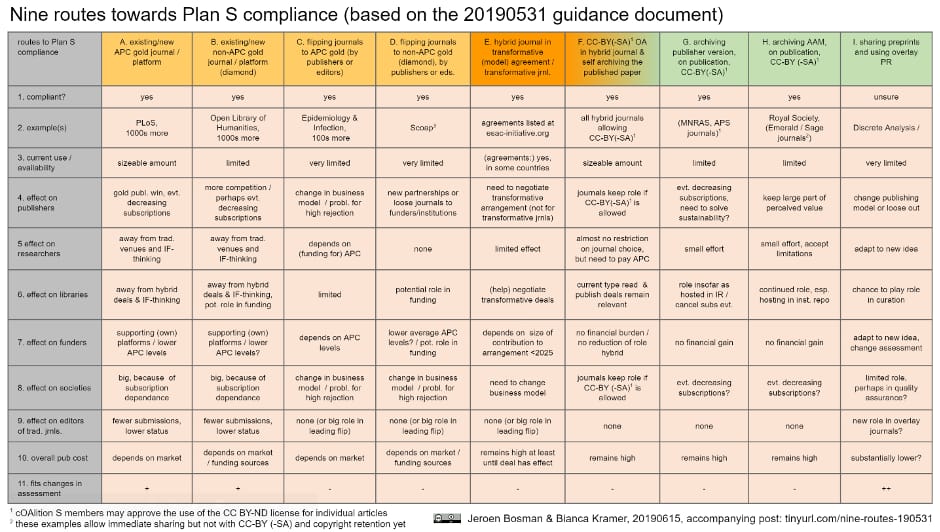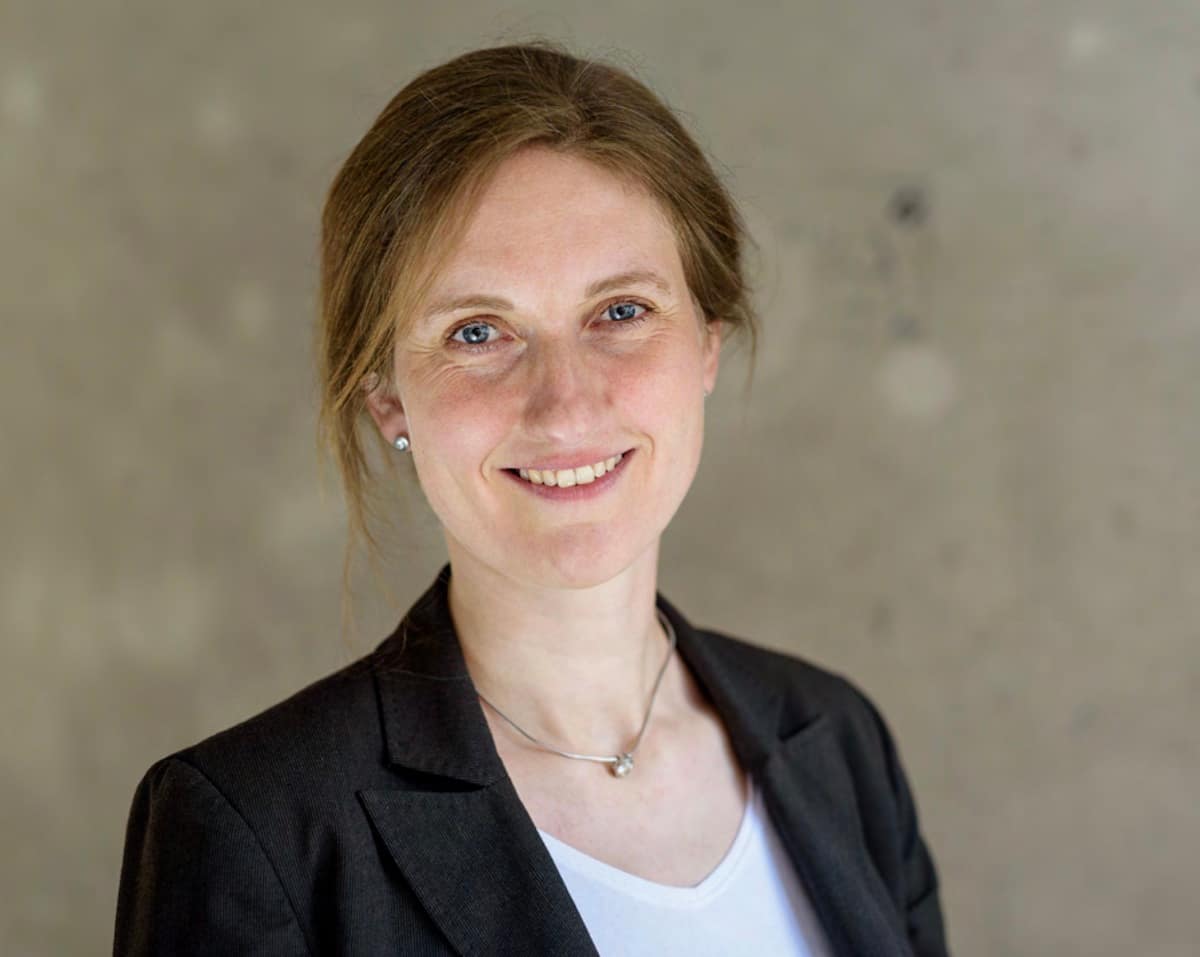
Open Access: no research should be locked behind paywalls!
Every quarter, we share articles published in the BCN Newsletter and we are happy today to share an interview with Giulia Trentacosti and Peter Braun on Open Science. The interview was conducted and written by Jaime Mondragon, a PhD candidate at the UMCG.


Why should we publish in Open Access journals?
Open Access allows for the exchange of ideas without a paywall, hence expanding the reach of knowledge. It also allows authors to retain copyright to their work and to license it for re-use. We tend to forget how valuable this is until we realize that to include our work in a reader for students we need to ask for permission from the publisher.
What are the different types of Open Access? How do they work?
Most people are familiar with Gold Open Access. In a Gold Open Access journal, all publications are freely accessible to readers without a need for a subscription; this model is supported by author-facing charges, known as article processing charges (APCs). Hybrid Open Access is a variant of Gold Open Access that publishers from Closed Access journals (i.e. traditional subscription journals) provide as an option to make a particular article freely available to readers but the authors must also pay for the APCs. Thanks to a series of deals between the Association of Dutch Universities (VSNU) and the major academic publishers, submitting authors affiliated with the UG and UMCG can publish their articles OA in thousands of hybrid journals for free (100% discount) or with significant discounts on Article Processing Charges in a selected number of Gold OA journals (APCs). Researchers can check which discounts are available to them via the Journal Browser (http://journalbrowser.ub.rug.nl).
Another popular option is Green Open Access. In this model, the author can upload a version of their work – usually the post-print (i.e. also known as the final author’s version or author’s accepted manuscript) to a trusted repository like PURE. Researchers must be aware that some journals have an embargo for Green OA articles, reaching up to 36 months. SHERPA/RoMEO is a service found at http://sherpa.ac.uk/romeo/index.php that allows the authors to identify the publisher’s copyright and self-archiving policies. The University Library and CMB have joined forces to assist researchers in this task by ensuring that the publisher’s requirements are fulfilled. This means that when you deposit your publications in Pure the articles will be made publicly accessible automatically after the embargo period has ended.

Fig. 1 The development of Open Access publishing 1993–2009.
In addition, to relieve researchers of some work the CMB has recently introduced a new service: Act on Acceptance. Once the researcher receives confirmation of acceptance, they can forward the publisher’s message to actonacceptance@umcg.nl with a copy of the accepted manuscript. The CMB will provide tailored advice and an overview of the necessary steps to make the publication OA – using the available gold or hybrid OA discounts. This information is also available online (https://libguides.rug.nl/umcg/openaccess/act-on-acceptance). If a discount is not available for the journal, the library staff will take care of depositing the manuscript into Pure (green OA). This makes it very important to get in touch with the Open Access Services team before finalizing the publication process. [NB: At the moment, this service is only available for UMCG researchers]. Researchers should be aware that sharing publications through academic social networks such as ResearchGate is usually not sufficient to satisfy funders’ OA requirements (e.g. NWO, ERC, etc.).
Lastly, there is Diamond Open Access, which is probably the least known form of OA. In Diamond Open Access, the costs of publishing and hosting journals or monographs are borne by one or more organizations, associations or networks but neither the readers nor the authors pay any fee. Diamond Open Access journals are not available in all the fields but are growing, we have examples of this as initiatives in the field of physics (SCOAP3, https://scoap3.org/), the humanities (open library of the humanities, https://www.openlibhums.org/), and locally we have the University of Groningen Press (https://www.rug.nl/library/ugp/).
Could you describe what types of agreements the UMCG and RUG have with Closed Access journals?
As members of the Vereniging van Nederlandse Universiteiten (VSNU; English: Association of Universities in the Netherlands) we are privileged in a sense, because we have many deals with publishers (Hybrid and Gold OA). These deals allow employees from Dutch universities to publish OA in thousands of journals. The journal browser (https://journalbrowser.ub.rug.nl ) allows researchers to identify such journals. This discount applies to the submitting author and using an email with a university or UMCG domain is necessary to claim the fee waiver. Having a Dutch university affiliation has an added value if we consider that the discount could be applied to Hybrid and Gold Open Access publications that involve international collaborations.
What changes are needed to increase the number of Open Access publications and facilitate a transition into an Open Science culture?
Recently, the research community in Europe has gained more awareness about the paradigm shift that is needed to make knowledge available to everyone. This includes people in academia but also the general public. However, this change has been quite slow. To speed up this process, Plan S was launched in September 2018. Plan S requires scientific publications to be published immediately Open Access, meaning that there should be no embargo on Green Open Access or that publications should be Gold or Diamond Open Access. This applies to research funded by members of cOAlition S, an international consortium of research funders which includes NWO (Netherlands Organization for Scientific Research) and ZonMw (Netherlands Organization for Health Research and Development).
Among the changes introduced by Plan S is to promote a shift in the assessment of research. To change the publishing culture, first, we need to change the evaluation and reward system. How researchers are evaluated, during the grant allocation process, is among these changes. So far evaluation criteria have relied heavily on journal impact factor, as this was a relatively easy proxy parameter to assess the quality of the research. As research funders and institutions start to realize the limits of journal-based metrics, more focus is placed on assessing publications based on their merit and on the impact they have (both academic and societal). Junior scientists tend to be more receptive to the culture change. However, senior researchers are also understanding that a culture change is needed and as they gain more information about the benefits of OA they are beginning to participate in this culture shift. If the reward system is adjusted to reduce the emphasis on journal impact factor and increase the focus on research impact and accessibility, then a transition into an Open Science culture will be smoother and more expedite. A step toward this direction is that the KNAW (Royal Netherlands Academy of Arts and Sciences), NWO and ZonMw signed the San Francisco Declaration on Research Assessment (DORA) on April 18, 2019 (https://www.nwo.nl/en/news-and-events/news/2019/04/knaw-nwo-and-zonmw-to-sign-dora-declaration.html). The DORA declaration aims to reduce dependence on bibliometric indicators (e.g. publications and citations) in the evaluation of research and researchers while promoting the use of other criteria.
Many journals and for-profit organizations recruit researchers to publish their work with their Open Access platforms. In this regard, what instruments does the CMB provide UMCG authors to find trusted Open Access journals? What are some of the views and reactions that you have observed from people in academia regarding Open Access?
It is a pity that predatory Open Access journals are often associated with the Open Science movement. We have the Directory of Open Access Journals (DOAJ) at our disposal to detect reliable journals (https://doaj.org). Journals listed here have to meet a range of ethical and quality standards. There is also the Beall’s list of predatory publishers (https://beallslist.weebly.com/), however, this resource is only available to subscribing institutions. Another useful tool to help researchers identify trusted journals for their research is the Think, Check, Submit checklist: https://thinkchecksubmit.org/check/. Predatory journals have contributed to the misconception about OA journals and it is important to treat them as spam.
What changes regarding Open Access policy are approaching and how do you see the publishing landscape in the coming years?
The ‘Taverne’ legal amendment is a legal tool that authors employed by Dutch universities can use to their advantage to promote Green Open Access. In practice, articles funded partially or in total by the Dutch government can be placed in an Open Access environment (i.e. repository) after a reasonable term from publication. This “reasonable term” has been estimated to be 6 months after publication. Thus, Dutch-affiliated researchers can make their publication OA in repositories 6 months after publication irrespective of publishers’ embargoes. The researcher that wants to use the Taverne agreement to make their recent publications OA can get in touch with the University Library or CMB.
Concluding remarks by the author
We are in the transition phase. Shifting from an incentive-based research culture to a more transparent and societally conscious research environment. The status quo is no longer a viable option in scientific publishing. However, two things need to occur. First, international alignment (e.g. players like the EU, US, and China) will increase the chances for a smoother transition towards open access/open science if they take action in favor of sustainable academic publishing. Secondly, we need to change the culture and our attitudes toward publishing within our research groups. We cannot deny that there are generational differences in how junior and senior researchers view Open Access and Open Science overall; however, both are willing to make the shift into OA. We need to do our part and choosing a Gold Open Access journal is that first step. While transformative Hybrid Open Access deals allow for a transition period to begin, these deals maintain the publication power on the publisher’s side. If you are interested in the topics discussed in this piece, especially in the limits of big deals and hybrid Open Access, the reader can find a critical point of view on OA by Richard Poynder available at https://poynder.blogspot.com/2018/03/the-open-access-big-deal-back-to-future.html#more. Ultimately, we need more Gold and Diamond Open Access journals. Examples like the Fair Open Access Alliance (https://www.fairopenaccess.org/), a movement that supports and promotes a shift to Diamond Open Access, the University of Groningen Press, a Diamond Open Access initiative available locally, are steps toward that direction. Plan S has the intention to put publishing companies in check by telling them that the model for academic publishing is not sustainable. However, researchers are caught between an economic and political struggle to make scientific research, and publications in particular, sustainable. Times are changing and changing fast they are. Taxpayers invest in the research, while researchers produce knowledge, peer-review this knowledge, and are the primary consumers of the findings; however, under the current system publication companies are the owners of this knowledge. It only seems logical that this system should be cost-efficient and sustainable. It is time to make changes to a system that is no longer sustainable. Concerns about how the information might be used exist, especially when commercial opportunities might derive from this knowledge. However, maybe this is the true paradigm shift we fear.
Events like the Symposium Open Science research practices, held on October 22nd are efforts to promote awareness about Open Science, Plan S, and Open Access publishing to the entire university community. While associations such as the Open Science Community Groningen (info@openscience-groningen.nl) are platforms that are intended to inform the research community about Open Science.
References
Mikael Laakso, Patrik Welling, Helena Bukvova, Linus Nyman, Bo-Christer Björk, Turid Hedlund. The Development of Open Access Journal Publishing from 1993 to 2009. PLoS One. 2011; 6(6): e20961. doi: 10.1371/journal.pone.0020961. PMID: 21695139




